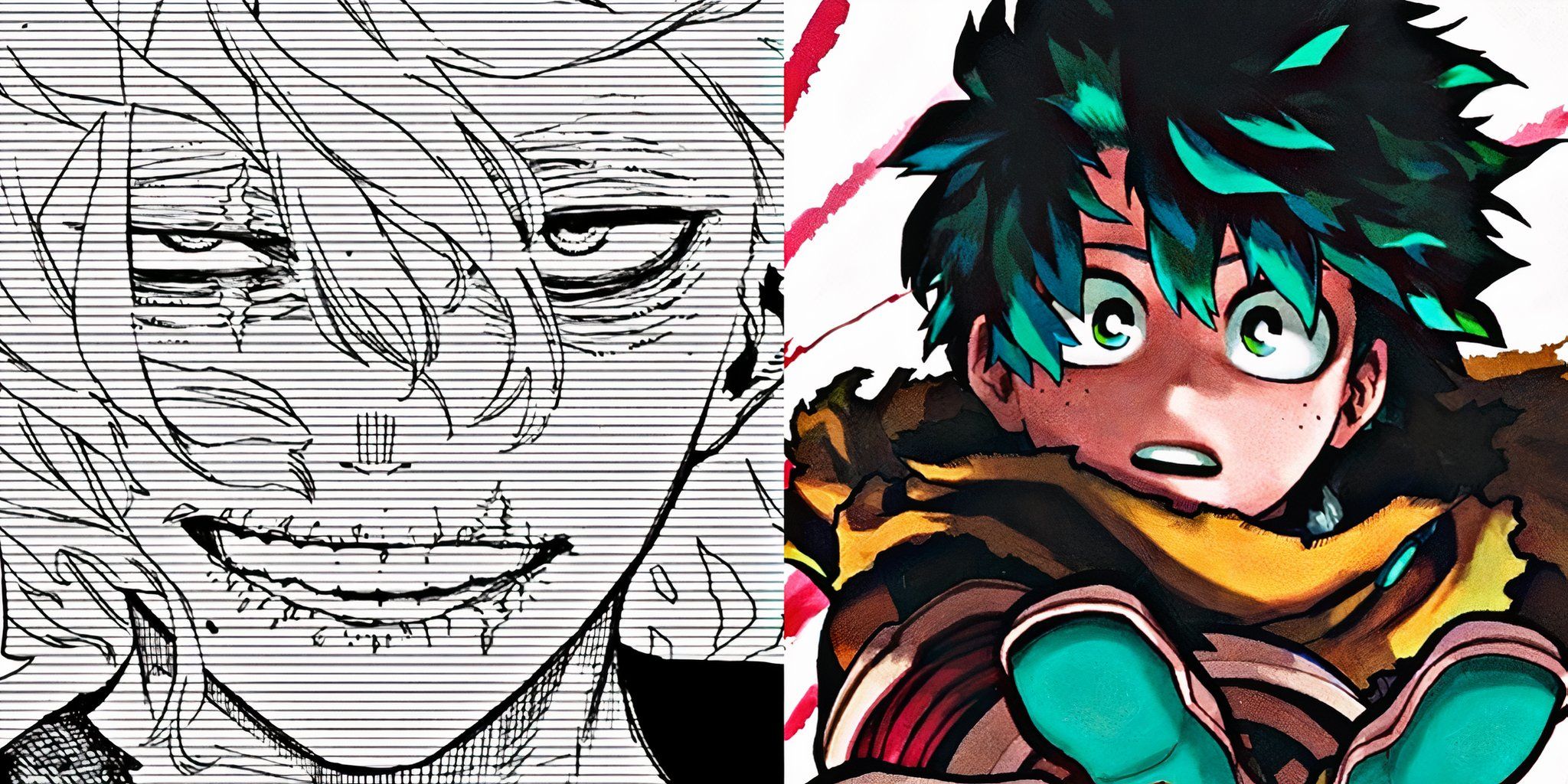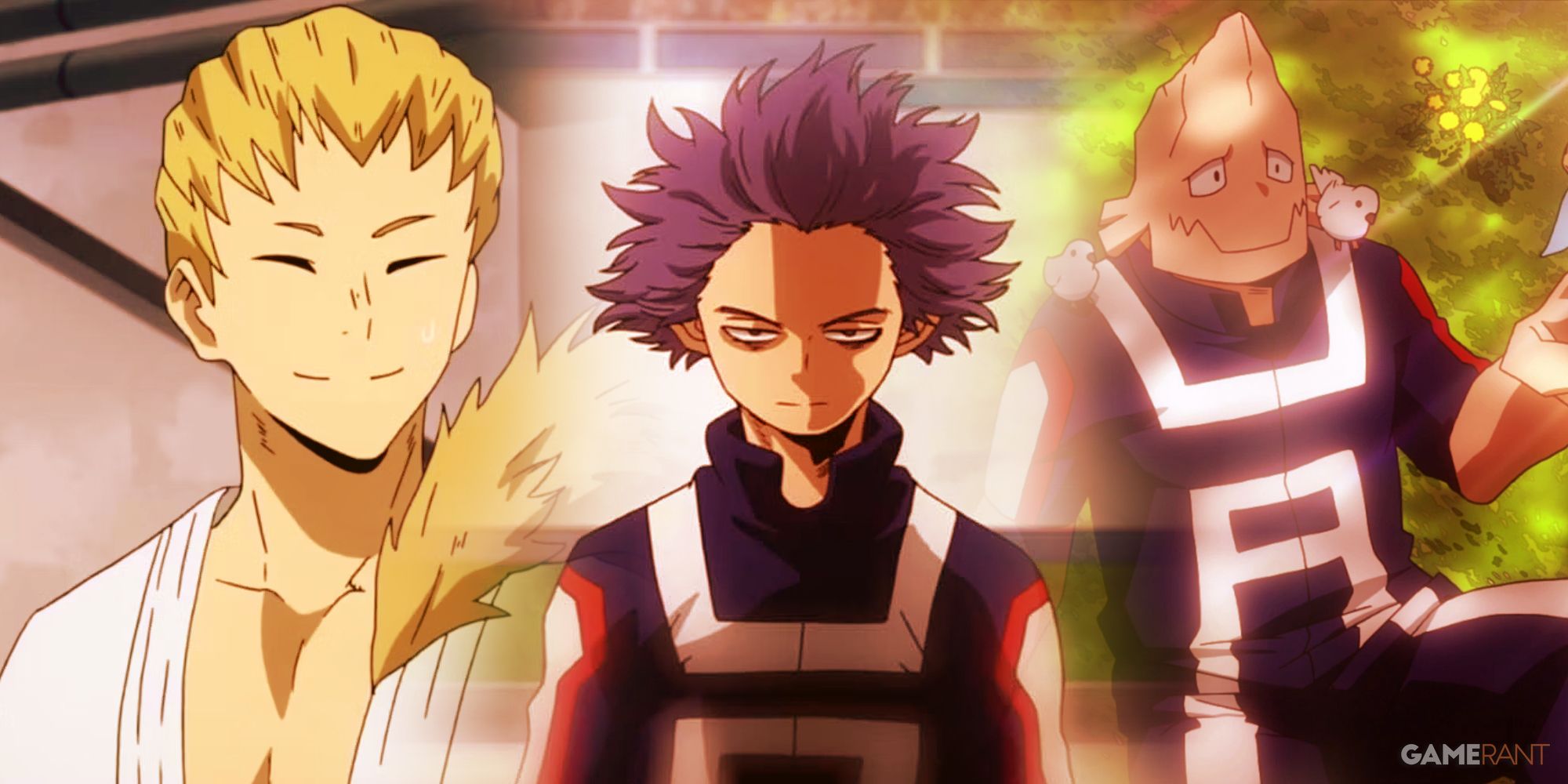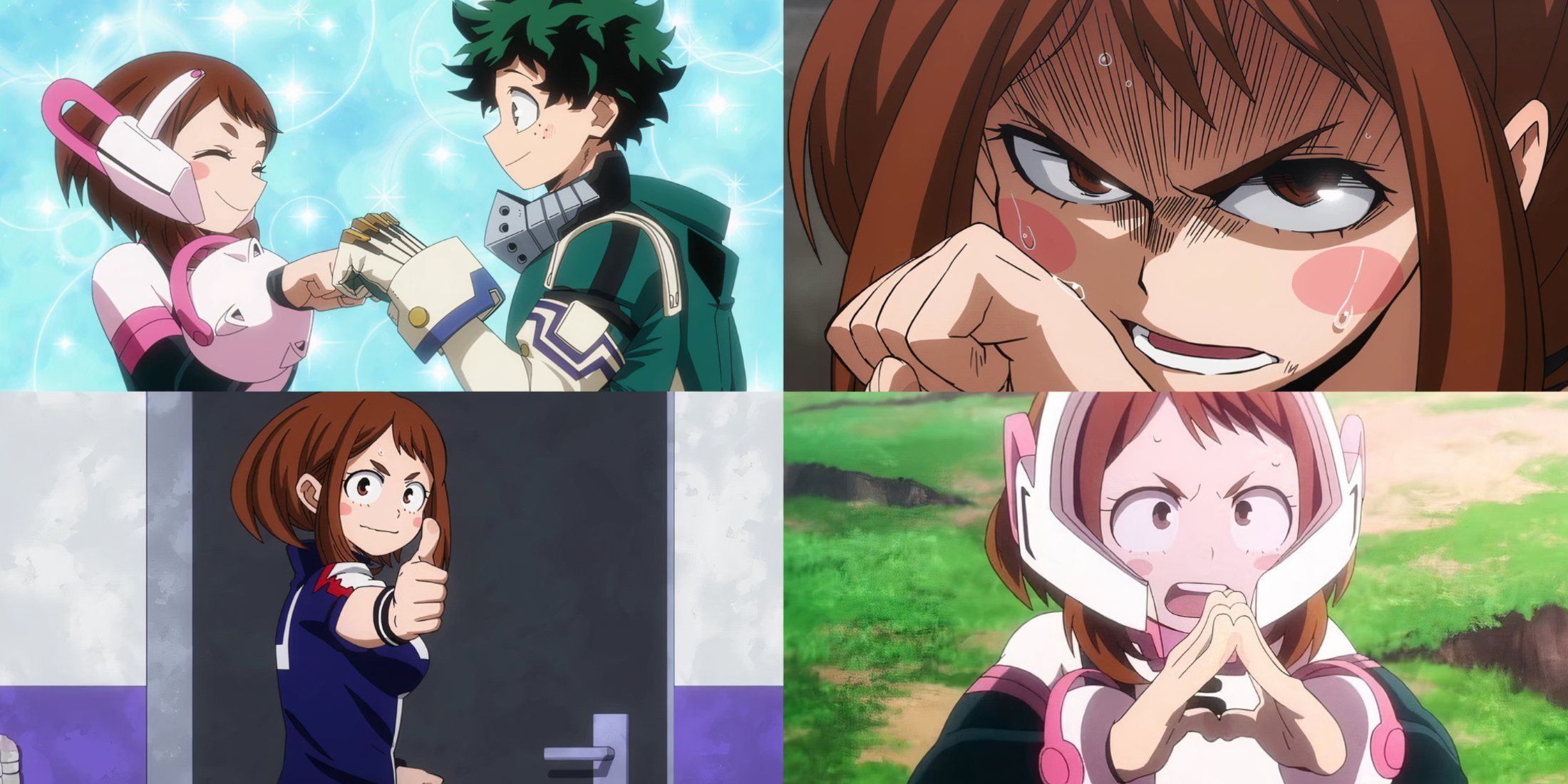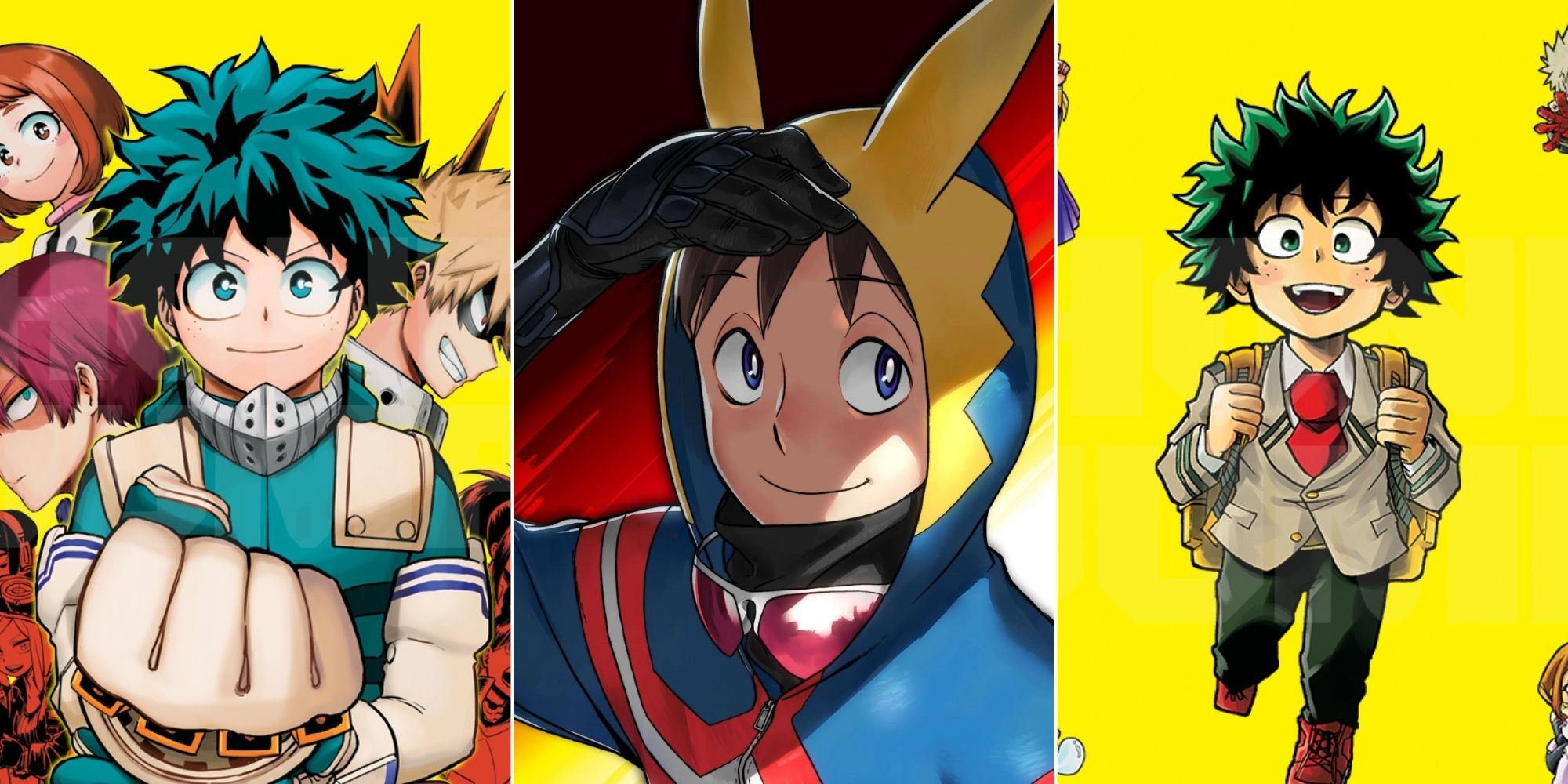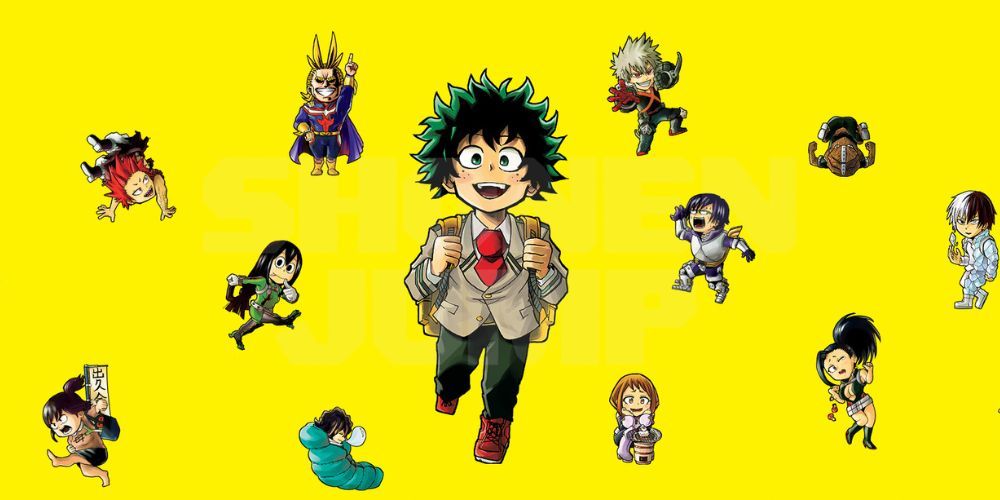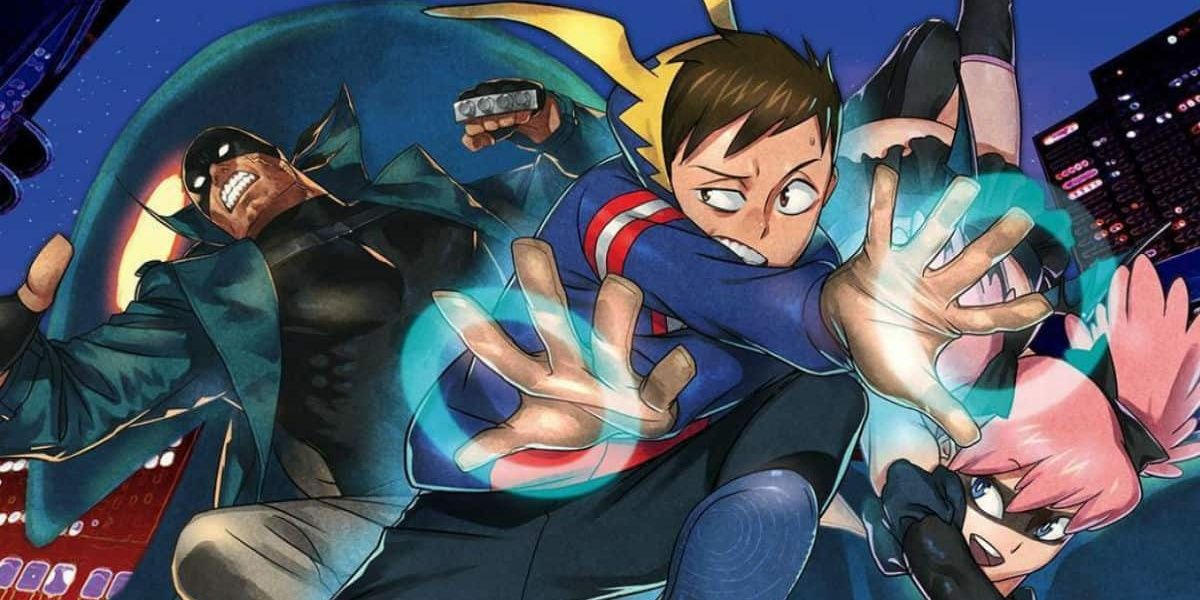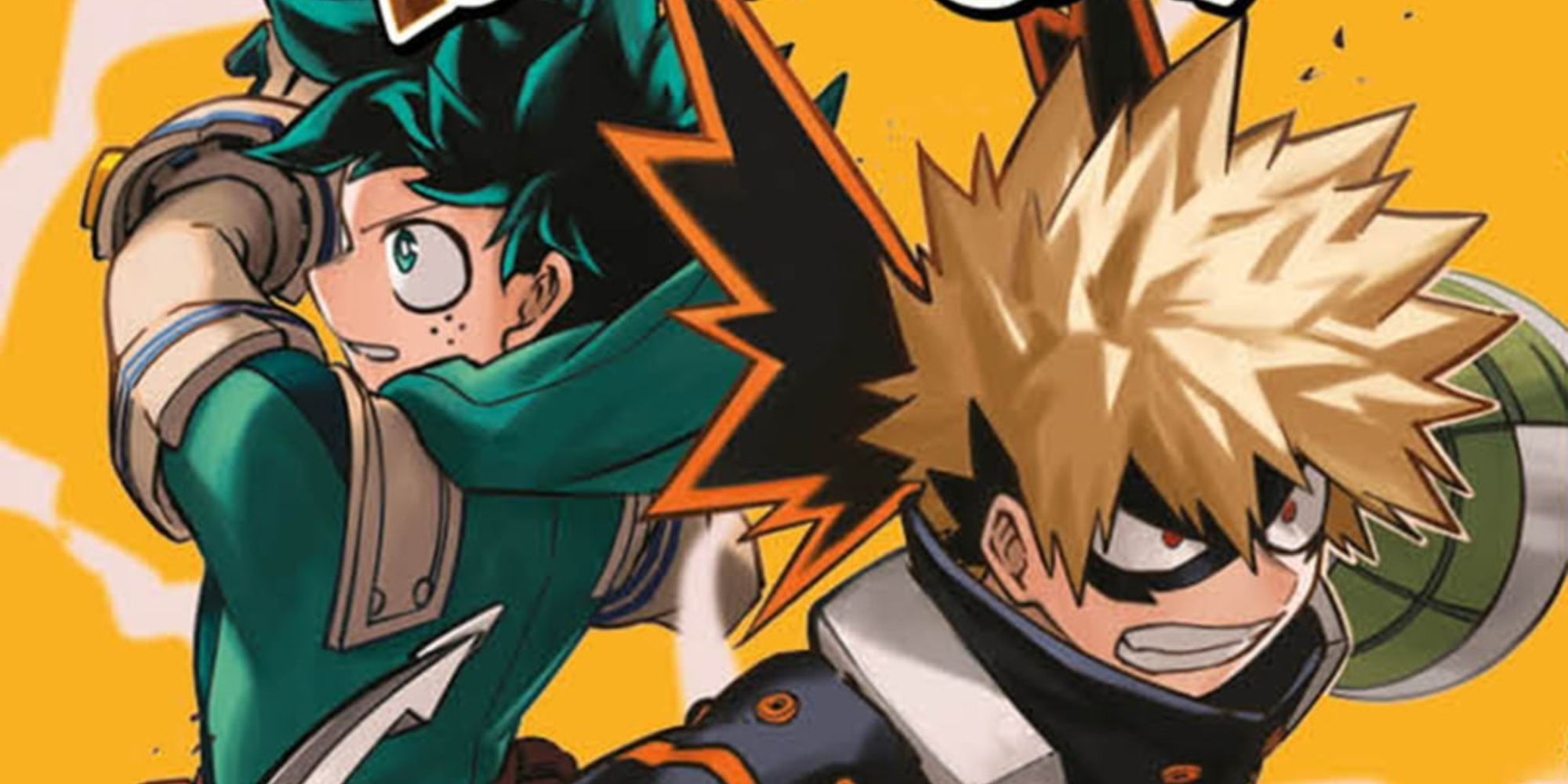My Hero Academia is currently one of the most popular series in the manga/anime industry. As one might expect, this popularity has prompted several spin-off titles to be produced, which all have a different take on Kohei Horikoshi’s original story.
These spin-offs all seek to expand the content of the main series in different ways, and reach varying degrees of success in this endeavor. Like with any spin-off however, it’s not initially clear if these titles provide bonus content for the canon My Hero Academia story, or if they take their own liberties in order to deliver their own stories.
My Hero Academia: Smash!
As of now, MHA has received 3 spin-off manga series. MHA Smash is a gag manga that is made up of easily digestible, four panel gags. It ran in Shonen Jump+ from 2015 to 2017, and is available across 5 volumes. It is written and illustrated by Hirofumi Neda, as opposed to Horikoshi himself.
Since Smash is a purely comedic series, it will bend the characters for its gags sometimes, but never quite goes fully out of character. The gags themselves also require original scenarios that can’t stick to actual canon. The final chapters even get somewhat meta with a villain with reality altering powers being used to explain some of the narrative quirks of the series.
It’s clear then, that Smash cannot be considered canon, although parts of it would fit cleanly into the canon story.
My Hero Academia: Vigilantes
MHA Vigilantes is the most story-focused of the spinoffs, and ran from 2016 to 2022. It tells the story of Koichi Haimawari, a young man who failed to get into a traditional hero school, yet still fights crime alongside other vigilantes. It is written by Hideyuki Furuhashi, and illustrated by Betten Court.
Vigilantes takes place a few years before the main MHA story, but for most of the beginning portions, it tells its own story without explicitly aligning or diverging from the main series too much. At some point it shows All Might’s hero agency, which does somewhat contradict the main series. The implication was that All Might only worked with Sir Night Eye, who was stated to be his only sidekick. So him having a full on agency like the other big heroes somewhat betrays his implied solitary nature. The main series never fully denies he had an agency, but his backstory does make it very unlikely.
Vigilantes suddenly veered hard into canonicity when it entered an arc focused on Eraser Head and Present Mic’s time as UA students. This arc introduced Oboro Shirakumo, a friend of Eraser and Mic’s that died during their 2nd year at UA. At first, this seemed like an original plot point, but soon afterwards, Shirakumo was introduced into the main series as the body that had been used to create the nomu, Kurogiri. MHA is now in its final arc, and Shirakumo’s conflicting identity is one of the biggest plot points in the final battle. Whether or not he arises as Shirakumo or Kurogiri might decide the fate of the entire battle.
Due to this alone, Vigilantes has a strong argument for being canon. Some parts of the series still don’t line up exactly with the main story, but for the most part it can be considered canon.
My Hero Academia: Team Up Missions
MHA: Team Up Missions is roughly a midpoint between Vigilantes and Smash, with a greater emphasis on comedy than the main series, while still attempting to flesh out character interactions and development. It follows a series of team-ups under the ‘team up missions’ programme which pairs various hero students from different schools up with professional heroes similar to the hero work studies, but on a shorter time period. It is written and illustrated by Yoko Akiyama.
The basic premise is based on a canon event, as All Might’s retirement did lead to a greater emphasis on hero teams in the main story. Despite its premise though , TUM also has a lot of slice-of-life chapters that don’t not even involve any hero work and no villains to fight. For example, there are quite a few chapters that largely take place in the UA dorm rooms. There are also certain chapters made to specifically act as precursors to the MHA movies, which themselves are questionably canon.
It also features some chapters that actively go against canon. Chapter 3.2 for example, not only has All Might in the field past where he should be retired, but also draws out most of class A to simply get back a random child’s ball, which is entirely overkill. As a result, similarly to Smash, while some parts of TUM could very well be canon, it’s safe to assume that most of it isn’t.

